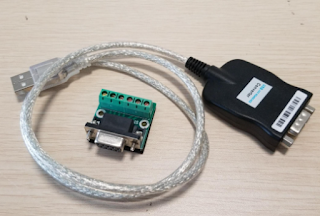INTRODUCTION TO RS-422: Serial Data Standard
What is the meaning of Rs-422?
Recommended Standard 422
Recommended Standard 422 (ANSI/EIA standard for serial data transmission)
In 1975, the first version of the RS-422 was released. RS422 was created to allow for faster data transmission over serial data lines than RS232 does. RS-422 is an upgraded design of RS-232 that uses twisted pair cable and signal balancing to allow up to 10 transceivers while only supporting a single transmitter. Longer distances can also be compensated. Because of the differential signal and other methods used, RS422 has even faster data rates than RS232.
At distances of up to 50 feet, RS422 can deliver data rates of up to 10 Mbps (15.24 metres). However, RS422 can transmit data over distances of 4000 feet (1220 metres) using reduced data rates: the limit is 100 kbps.
Data can be transmitted using balanced or differential signalling, with unidirectional/non-reversible, terminated or non-terminated transmission lines, point to point, or multi-drop transmission lines. RS-422/V.11, unlike EIA-485, allows only multiple receivers, not multiple drivers.







No comments:
Post a Comment